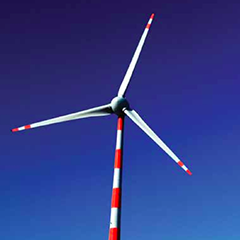There’s no doubt that there is the will to roll-out extensive wind energy initiatives in India, but is there the wherewithal? We put financing mechanisms to support the country’s national wind energy mission under the microscope.
India is struggling with skyrocketing energy demands, declining energy supplies, and peak load blackouts and shortages that limit energy access. The country’s recent economic growth has depended largely on fossil fuels, resulting in greater energy security concerns, higher electricity pricing, and increased pollution. At the same time, the Indian government recognizes that wind energy can be a significant clean energy resource.
Supported by initial government policies, India is already the fifth-largest wind energy producer, achieving 20 gigawatts (GW) of installed wind power. Yet, much more can be achieved. India’s wind energy production can grow at least four to five times its current level to achieve the country’s 100 GW wind energy potential.
To achieve the higher potential, the government announced plans in 2014 to launch a National Wind Energy Mission. Designing strong policies and programs that attract investment is essential to scale wind power to reach 100 GW and to breathe new life into India’s wind energy market.
India’s renewable energy capacity is nearly 13 percent of total generation capacity. Of the total renewable energy generation, wind energy currently makes up the majority with nearly 70 percent. The country’s 100 GW wind energy potential – almost half of India’s total electricity generation capacity in 2013 – reveals tremendous opportunities for solving India’s energy crisis through a resurgence in wind energy installations. Wind energy is also vital to diversifying India’s energy mix and is a viable means to meet demands for clean, affordable energy that creates jobs as discussed in the 12th Five-Year Plan.















